INNOVATING THE SOUTH'S PRECISION AGRICULTURE TECHNOLOGY
Modernizing Georgia's No. 1 industry — with global impact

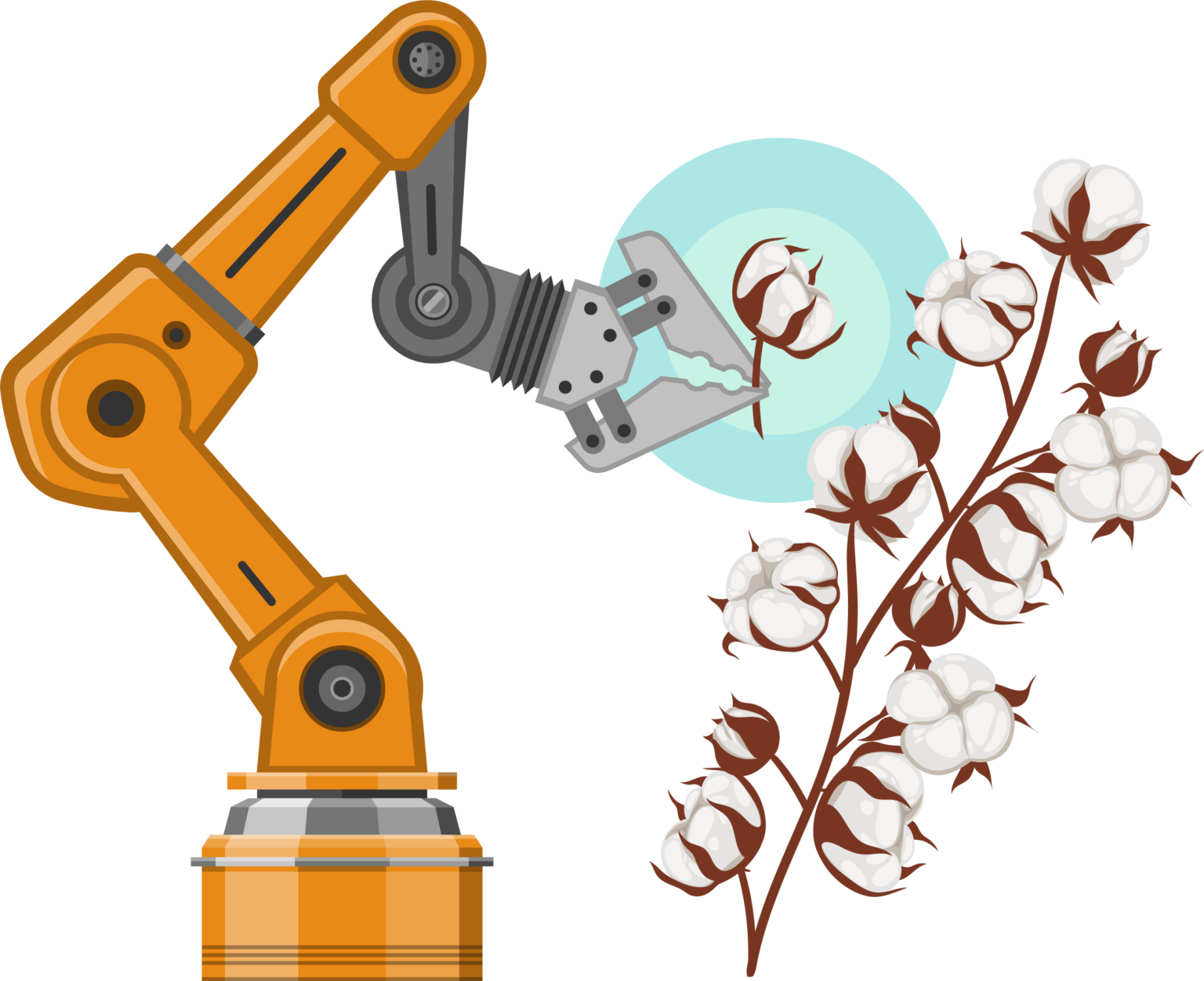
Agriculture is Georgia’s oldest and largest industry, contributing approximately $73 billion to the economy each year.
Georgia perennially ranks as the nation’s top producer of peanuts, chickens, pecans, blueberries and onions, and has more commercial forest land — 24.4 million acres — than any other state in the continental U.S.
This diversity among agricultural sectors and the need to improve production efficiencies are why the University of Georgia is making a substantial investment to transform Georgia into what the state government has coined the “technology capital of the East Coast.”
At the heart of that initiative is a cluster hire of five new professors and researchers specializing in precision agriculture.
“It’s our time and our opportunity to step up and show proactive leadership,” said Nick Place, dean and director of the College of Agricultural and Environmental Sciences (CAES) at UGA.
“Agriculture is a critical part of our state and who we are, and as a land-grant university, we have an obligation and responsibility to support that industry and ensure that it is successful, sustainable and profitable for many years to come.”
In 2020, Georgia Lt. Gov. Geoff Duncan launched the Georgia Innovates task force, pledging to turn the state into the East Coast’s technology capital by generating “meaningful ideas that cultivate an environment of innovation, incubation, investment.”
UGA submitted a proposal to make Georgia a technology epicenter for agriculture, involving everything from education initiatives to promoting new research ideas. While not chosen for that particular proposal, UGA refocused its efforts and persisted in its mission to advance technology to support the agriculture industry.
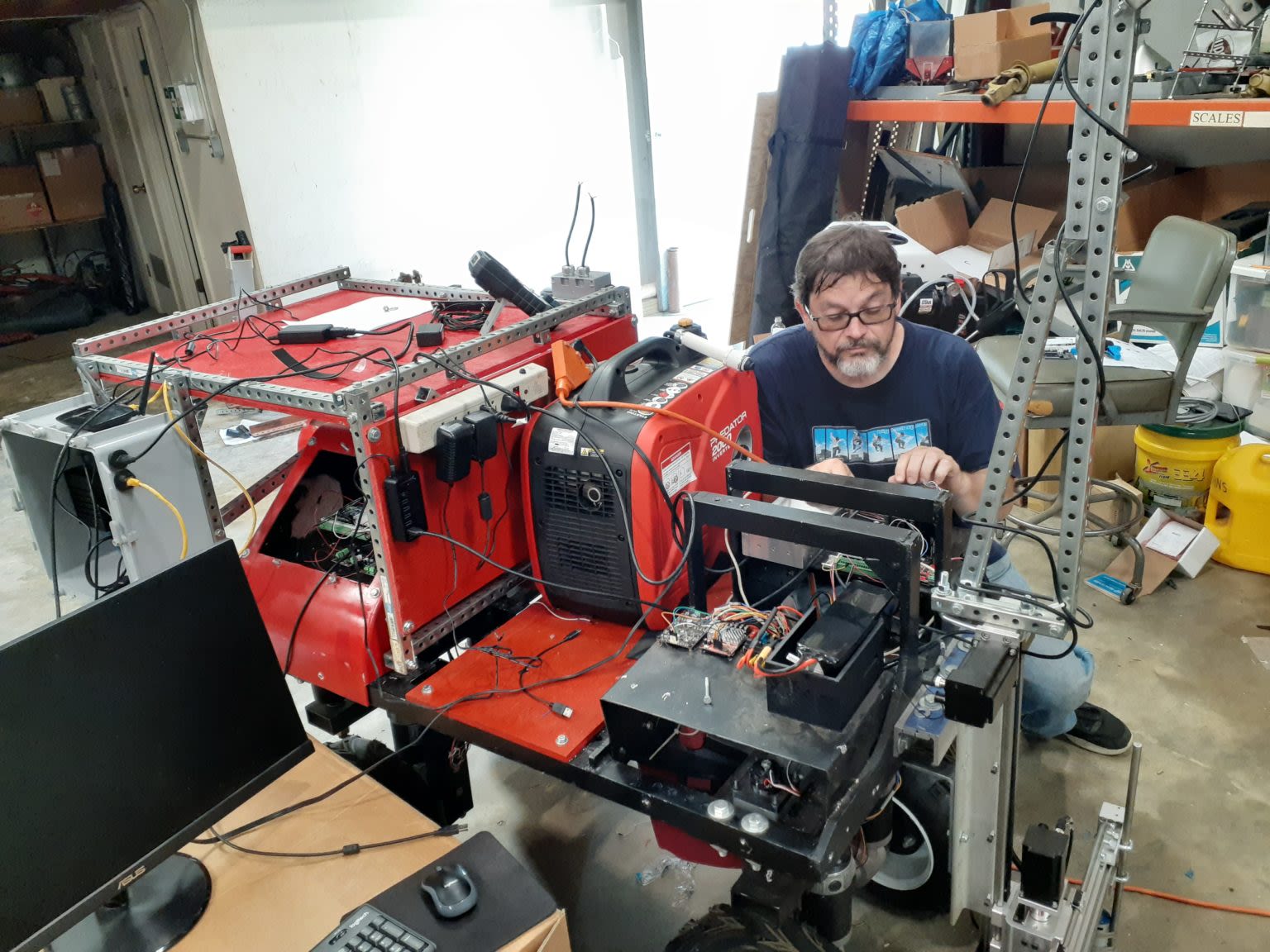
Harnessing precision robotics and automation
Agricultural technology is advancing rapidly. Concepts considered far-fetched for farm technology 20 years ago are now reality. The next wave of ideas in robotics and data harvesting will be operational before we know it.
Glen Rains, a research professor on the UGA Tifton campus and an expert in robotics, is developing a small-scale solar-powered robot for harvesting cotton. Conceivably, a small fleet of such robots could be deployed to identify and pick individual cotton bolls at their precise peak, ginning it automatically before bringing it back to unload.
Lilong Chai, an assistant professor in the Department of Poultry Science, is working on a variety of projects involving real-time, automatic monitoring, modeling and data analysis of chickens to increase production efficiency, improve health and welfare, and promote environmental sustainability.
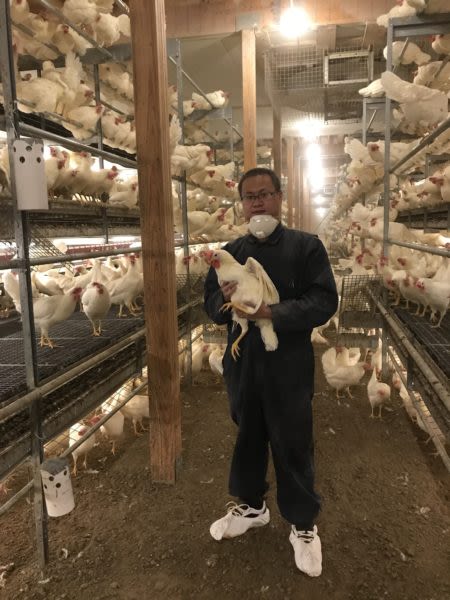
UGA engineering specialist Lilong Chai explains his work in a cage-free chicken house.
Chai is studying behavior patterns of chickens and programming robots to disturb the birds from staying on the floor too long and reduce the propensity to lay eggs on the ground, leaving them susceptible to contamination.
Chai welcomes the new perspectives that the cluster hire can bring to UGA’s precision agriculture initiatives.
“We want somebody who can stand higher to see the overall map, not only the coding and programming,” Chai said.
“How can we collect data, process data and correct production, and how can we share our information with consumers?

UGA engineering specialist Lilong Chai explains his work in a cage-free chicken house.
UGA engineering specialist Lilong Chai explains his work in a cage-free chicken house.
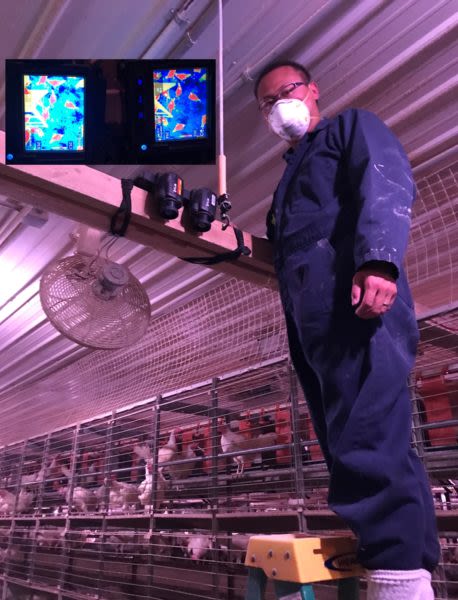
Assistant Professor Chai installs a thermal camera to monitor potential overheating among the hens.
Assistant Professor Chai installs a thermal camera to monitor potential overheating among the hens.
Investing in the Southeast
Precision agriculture — which is all about harnessing information and technology to improve efficiency, production and sustainability in farming — has been around since the 1990s, but gained its first foothold in the Midwest with large-scale row crops like soybeans and corn.
Because precision agriculture technologies have not been implemented as widely by specialty crop producers in Georgia, there is a tremendous need for research in this area.
That creates an opportunity to leverage Georgia’s biggest agricultural strength — its breadth.
“The advantage that agriculture in the Midwest had initially was just a couple of main commodities and all the efforts were focused on them. That gave them critical mass and investment from industry and commodity groups,” said Harald Scherm, head of the Department of Plant Pathology in CAES. “Georgia’s agriculture is quite diverse, and while that resulted in a slower start in terms of getting precision agriculture unified, now it presents a great opportunity because we have all these specialty crops with vegetables and tree crops and cotton and peanuts and other crops. And let’s not forget poultry. Among the animal industries, that’s one that would benefit the most from automation and robotics and data science. We are in a good place because of the diverse agriculture that we have.”
That breadth will require a diversity of technology that UGA is invested in researching and developing — such as sensors that can detect bruising and reduce losses in machine harvesting of blueberries; drone and robot monitoring and modeling of plant growth; and high-throughput phenotyping to genetically improve plants.
It also incorporates classic precision agriculture technologies including variable rate irrigation and fertilization, elements which have proven to conserve water use by 8% while increasing efficiency up to 40% and yields up to 10%. George Vellidis, a University Professor of crop and soil sciences, notes the surprising statistic that only 50% of fertilizer applied in the field is used by the plant, requiring a better understanding of the rhizosphere where the roots grow to develop better methods of deploying agricultural inputs.
“We need to figure out how we can deliver the stuff to the roots in a way that gets used at a much higher efficiency than 50%,” Vellidis said.
Professor George Vellidis supports partnering with youth organizations to promote data-driven agricultural education for the next generation of industry leaders.
The complexity of the various questions Georgia agriculture presents creates the opportunity to develop answers needed for a sustainable and more efficient future. Russ Worsley (BSA — Agriscience and Environmental Systems, ’09) works for SunSouth and sits on John Deere’s board for precision agriculture. John Deere is focused on regions beyond the Midwest, Worsley says, and because of its agricultural diversity, the potential in Georgia “is unreal.”
“In the near future it shouldn’t be called ‘precision agriculture,’ it should just be called ‘agriculture’ — because in today’s world the only way to do it and the only way to continue is to implement precision."
“We can’t think of growing crops the way we did 50 to 100 years ago and continue to just put things in the ground, continue to put the same amount of fertilizer on every acre, and to just dump water without actually knowing where we’re putting it and why we’re putting it there. Conventional farmers are going to get pushed out because they’re not going to be able to afford it anymore.”


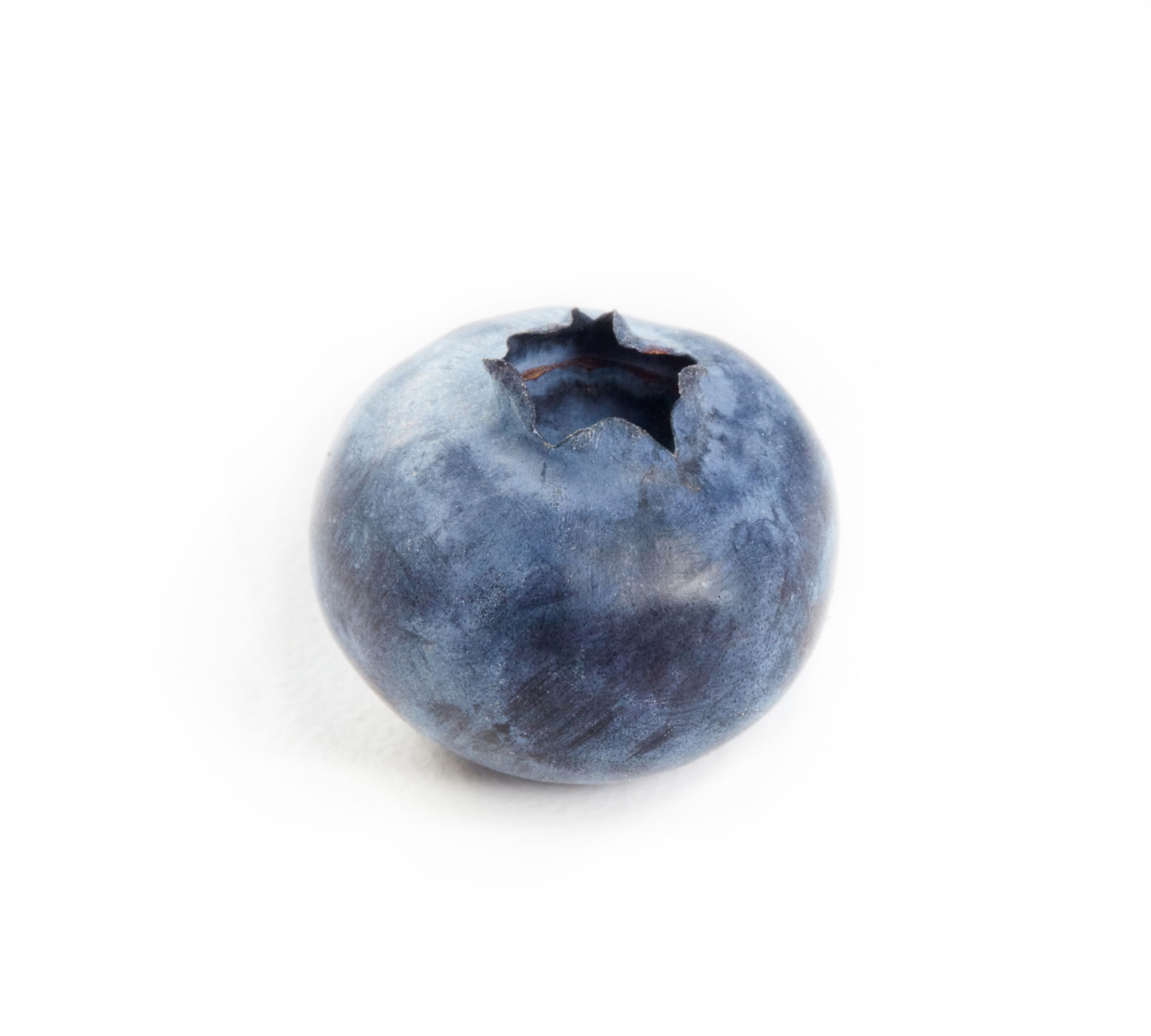
Preparing young industry leaders
To that end, the broader vision is to develop new generations fully conversant in precision agriculture. Place and Vellidis believe that goes beyond developing and augmenting UGA’s curricula. They see the university partnering with the technical college system and reaching down into the high school ranks to recruit students interested in a career pathway in precision agriculture. That might mean creating a dual enrollment high school and technical college program to prepare students to go directly into the workforce, while also providing undergraduate and graduate degree tracks in precision ag at UGA.
UGA is invested in a variety of research and development projects, including sensors that can detect bruising and reduce losses in machine harvesting of blueberries.
“Industry is looking for people who understand the major technologies and techniques we use in (precision agriculture) and are able to go work in industry right away,” said Vellidis. “Our industry partners are excited about this idea, and we would get their input on what skills our graduates would need to have in order for them to be able to get a job in industry, if that’s what they want.”
UGA can also work even closer with programs like the National FFA Organization and 4-H to introduce more innovation and precision agriculture to high school students.
“We see this as a way for UGA to step up and make sure we are graduating the next set of young leaders that can and should be working in the area of technology’s merger with agriculture and food production."
I also see this as a chance for us to bring together rural and urban youth and connect with those who have an interest in innovative food production.”
That requires training agriculture students to speak the same language as computer scientists and statisticians in order to harness all of the data that is generated by technological advancements, as well as the technology that is employed on future farms.
“You’re not just going to have your shade-tree mechanic working on a tractor anymore,” said Worsley.

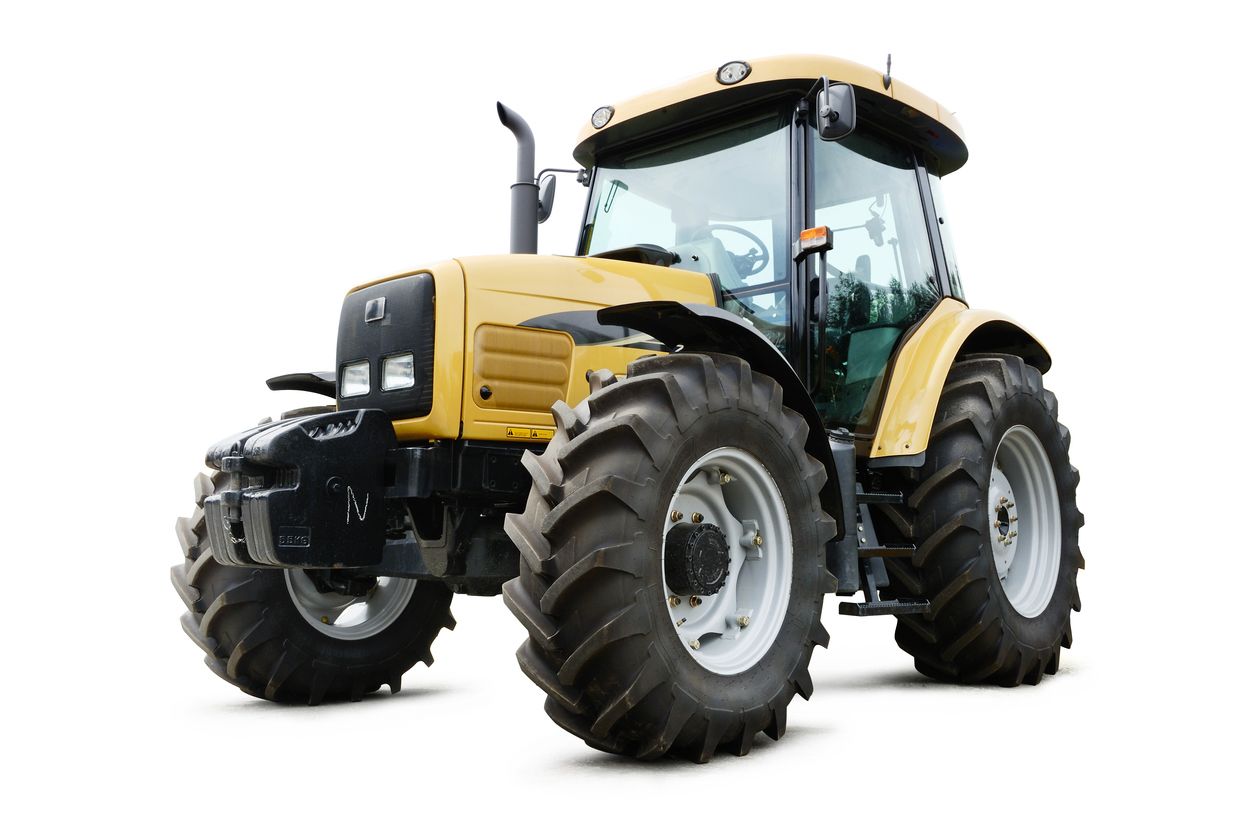
“That tractor mechanic better know how to diagnose about 125 computers on a machine. Equipment is getting more technical, and you’re going to have to have a background in computer systems to be able to work on it.”
The university’s research triangle
In addition to agricultural diversity, UGA also benefits from Cooperative Extension offices and research facilities throughout the state.
The satellite campuses in Tifton and Griffin form a research triangle with Athens, with opportunities for faculty and students on the main campus to integrate with the real-world farm settings of south Georgia and urban opportunities near Atlanta.
The UGA Tifton campus provides ample space for field-scale research, Vellidis said. UGA-Tifton also has 6,000 square feet of space in its conference center for a state-of-the-art precision agriculture laboratory. Vellidis envisions a flexible space where industry partners can work with UGA researchers and grad students to do the intermediate testing that is needed to develop technologies.
For example, hiring an expert who could develop sensor technology to measure nutrient content of soils or the specific nutrient needs of plants in the lab, then test that new technology on the field scale in farmers’ fields and on UGA research plots could create a streamlined process to release new advancements for use in the industry as expediently as possible, Vellidis said.
Dean Nick Place sees CAES as the driver for technological advances that guide the U.S. agricultural sector.
UGA land at the 660-acre Iron Horse Plant Sciences Farm is situated on the border of Oconee and Greene counties south of UGA’s Athens campus could also house a new data center, Scherm suggested.
The Griffin campus, with its proximity to Atlanta, presents other opportunities, Place said.
“Urban agriculture and controlled environment production, such as vertical greenhouses, create opportunity for the Griffin campus to have greater prominence in that aspect of agriculture production as well,” Place said.
Place has big goals for CAES to play a major role in the future of agriculture.
“I envision a time when we’re going to be able to breed plants that will get what we need into our diet based upon the health conditions we have, including plants that can help combat those particular diseases or strengthen our immune system. I think it’s going to be here sooner than later."
He continued, “I think in five years we’ll see some big development, but in 10 years I think we’re going to see a tremendous amount of change in this whole area and we absolutely want to be at the forefront of that.”

Read about earlier progress in precision agriculture @UGA Research.